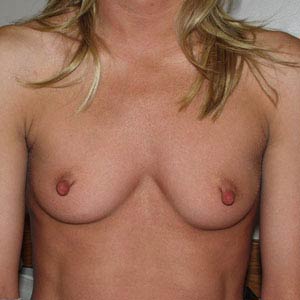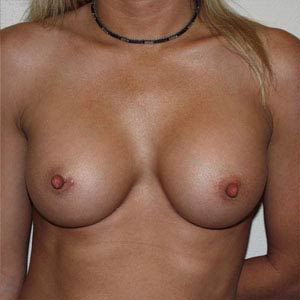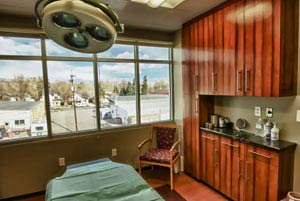Breast Augmentation


- Increase fullness and projection of breasts
- Improve the balance and proportion of the overall body appearance
- Enhance self-esteem and self-confidence
Breast Augmentation Procedure
There are three common incision locations for breast augmentation. The different incision locations will depend upon the type of implant, size of enlargement, and patient’s anatomy. The different incision locations include:
- Inframammary incision: This incision is made along the natural fold between the breast and chest wall at the base of the breast.
- Transaxillary incision: This incision is made in the armpit to reduce visible scarring.
- Periareolar incision: This incision is made around the areola (dark skin surrounding the nipple).
Dr. Swail will review all of the incision options with you and he will help you decide which incision location will deliver the best results to meet your desired outcome.
Once the incision is made, Dr. Swail uses both saline and silicone implants to enlarge the size of the breasts. Each type of implant has multiple choices for size and shape. The type, size, and shape of the implant will depend on the desired result of the breast augmentation procedure. Along with the incision location, Dr. Swail will also discuss implant types and placement options available to his breast augmentation patients. The implants can also be placed above or below the pectoral muscle. Each option available has advantages and disadvantages, and each breast procedure is customized to suit the needs of each individual patient.
Saline Implants vs. Silicone Implants
Silicone implants offer a much more natural feel than saline implants and overall, they have a much more natural consistency. Silicone implants do require larger incisions, and this may impact the appearance of visible scarring. The main disadvantage of silicone is that, unlike saline, they are unlikely to collapse if ruptured. If a saline implant is ruptured, the saline is naturally absorbed by the body and the implant will collapse, making a rupture much more obvious to a patient. Silicone will not be reabsorbed by the body and will not be as obvious if ruptured or leaking. This can lead to anxiety about whether or not anything is wrong with the implant. An ultrasound or MRI can detect if there are any issues with a silicone implant. It is also important to note that there have been exhaustive studies conducted on the subject, and there is no convincing evidence of any health risks related to silicone gel implants.
Breast Augmentation Results
Results from a breast augmentation are immediately visible following the procedure. As swelling subsides, the full results of the procedure will become apparent. Most patients can resume light activity after four to seven days, and return to strenuous activity after about six weeks.
Dr. Swail meets with each patient personally prior to the augmentation procedure to discuss their desired outcome and expectations. This allows Dr. Swail to design a customized procedure to achieve great, long-lasting results. During pre-surgical consultation, Dr. Swail discusses the different incision locations, implant types, and implant placements to discover which options will deliver the best results.





